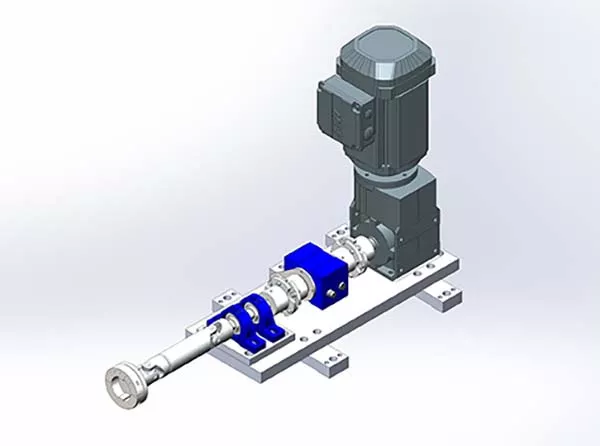Test stands help to ensure safety and reliability
Aircraft are subjected to enormous loads during landing and takeoff - from landing gear touchdown to engine thrust back. These loads can increase exponentially in difficult or emergency situations. Regular testing and certification of all relevant parts is therefore essential. SGN Electrical in Sittingbourne, Kent, has recently built two test stands, one for testing the landing gear and one for the tailplane flaps. These test stands help ensure that transoceanic commercial aircraft, which regularly carry hundreds of passengers, can land safely and reliably on every flight. SGN is known for its electronics service offering to most industries in the southeast of the United Kingdom, including the region's major airports. Here, "right time and right on time" are the expected standard - no matter how demanding the job. The engineers have extensive experience in inspection and testing, from small installations to hazardous areas in aerospace and other specialist fields.
Two aircraft test stands
One test rig tests the ball screws used to raise and lower the tail flaps. The rig simulates the high-speed airflow over the aircraft during flight and uses a hydraulic actuator to apply a controlled but varying load to the ball screws. The second test stand is used to test the landing gear by simulating the loads on the main screw as the wheels are lowered and touched down. This includes the additional loads that can occur in bad weather as well as the sudden impact loads during an emergency landing.

The wireless torque sensor
Both test rigs use a torque transducer from the "TorqSense" product range from Sensor Technology Ltd. in Banbury as the main element. The transducer uses non-contact technology that uses reflected radio waves to measure torque in a rotating shaft. "There's no need to waste time setting up fiddly slip rings every time you use the rig," explains SGN's Scott Nicholson. "You simply point the probe at the DUT and real-time data is collected. We use standard sensor control and the results are both displayed on a digital screen and stored for later analysis." Two metallic combs are bonded to the measuring shaft at right angles to each other. These combs reflect the signals generated by the electronics mounted on the shaft. In the process, the signal is compressed by one comb and stretched by the other. The change in the signal is proportional to the applied torque. "TorqSense makes it easy to build a test stand," says Scott, "but more importantly, it makes testing faster and easier. This means more tests can be performed in a given period of time. This, in turn, means that results can be verified multiple times - which is in line with the operating procedure required for flight safety."

